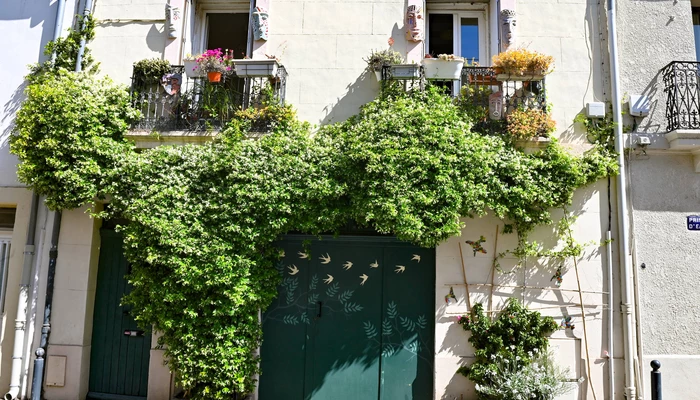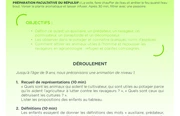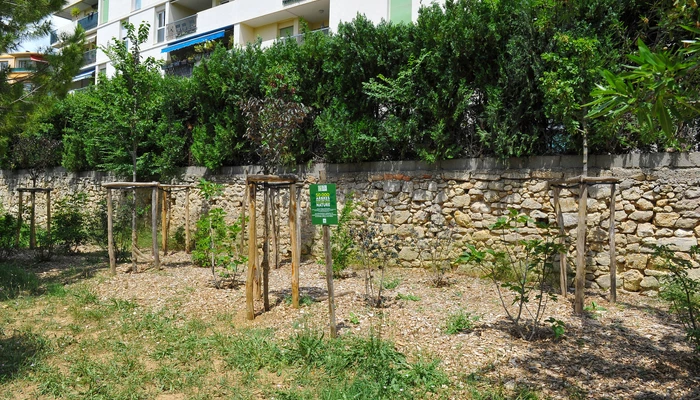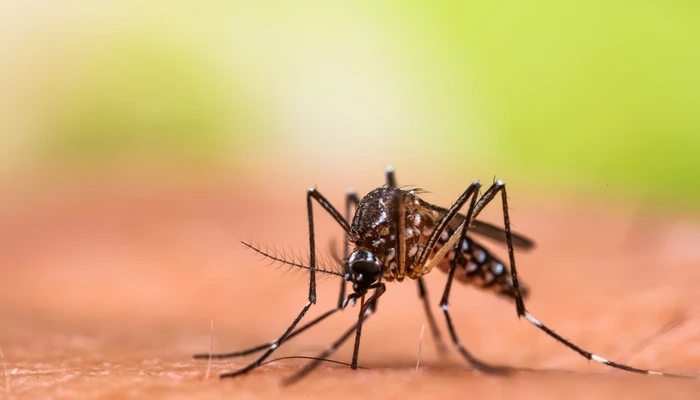Useful insects in the garden
Plants and insects are the basis of every ecosystem. Without insects, there are no plants. And without plants, there's no food, no oxygen, no freshness, no soil... These two major groups account for around 90% of the species present on Earth.
In a stable environment, each species can perform its function without proliferating, being naturally regulated by its predator. Thus, ladybugs regulate aphids and spiders take care of flies, and join the list of useful insects in the garden.
Pollinators
Known to all, bees play a vital role in everyone's garden, enabling 80% of plant species to reproduce. They enable the sexual reproduction of plants.
There are many ways to encourage their development: by abandoning pesticides, planting local flowering plants or creating natural habitats for them.
Detritus feeders
They recycle organic matter. Fly larvae, sowbugs and centipedes belong to this group.
.Pests
These insects feed on crops, but they also serve as meals for other insects. Aphids are worthy representatives. These insects are opposed to "auxiliaries", said to be useful in the garden. But without pests, there are no auxiliaries...
Discover also





